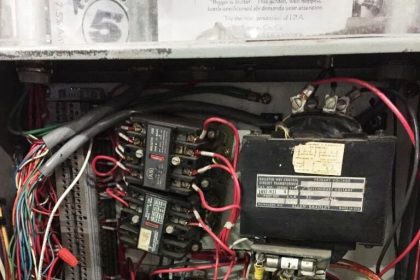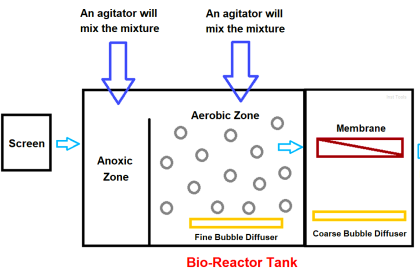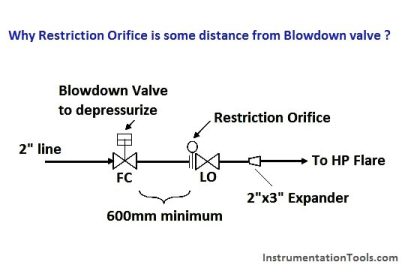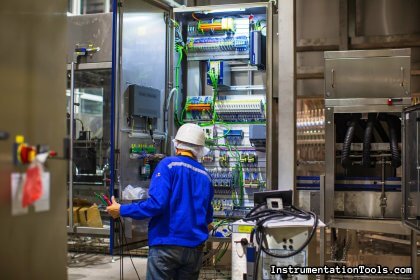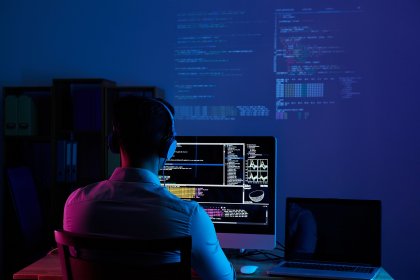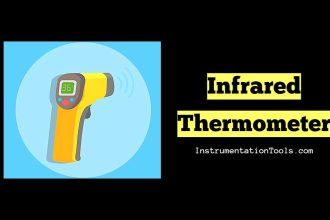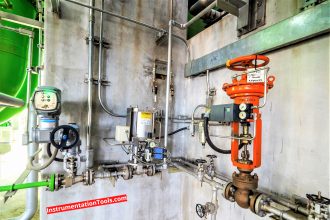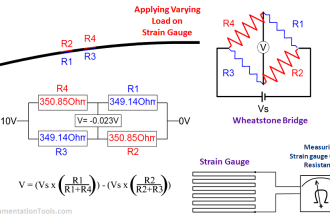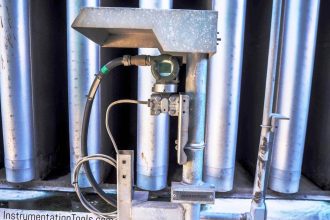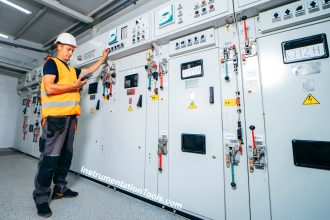In this post, we will learn the basic components of the water treatment system.
Water treatment plants are used to convert bad and waste water into drinkable or usable water. The quality of the water coming out of these plants need to be maintained for proper human use. Such plants are used in almost every industries; as quality water demand is a must for the personnel to use or machines to operate.
Water treatment plants come in three categories –
- Effluent treatment
- Sewage treatment and
- Water treatment.
Water Treatment Plant
In this article, we will learn the basic or general components used in a water treatment plant or system.
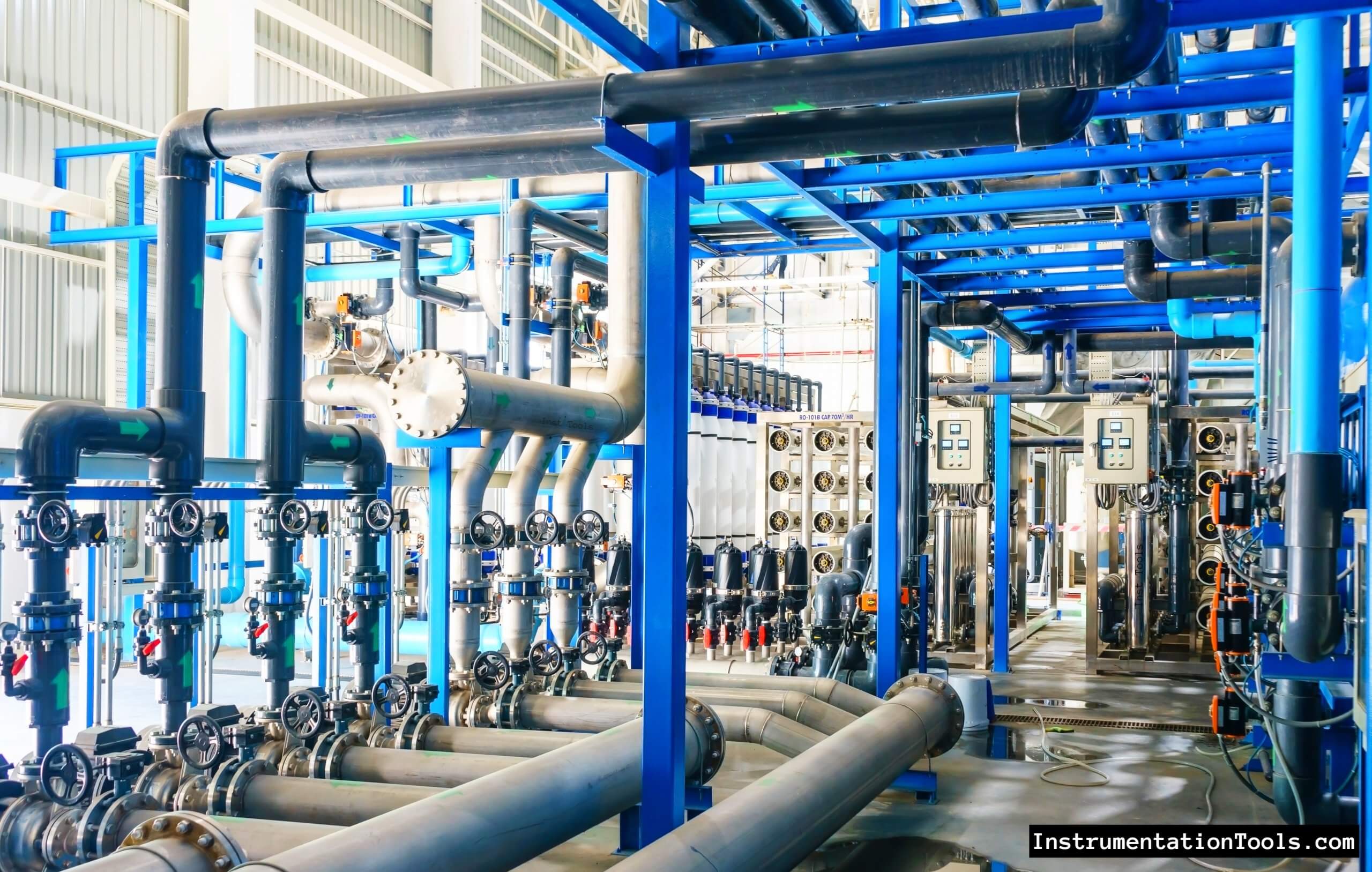
Ultra-filtration (UF)
It is one of the most important components used in almost every system nowadays. It is a hollow fiber or sheet membrane which filters water purely and removes the finest of fine particles and microorganisms. It can filter particles as fine as 0.025 microns, which is even less than a human hair (75-80 microns).
Water is forced through a semipermeable membrane and in this, suspended solids and heavy molecular particles remain on one side while the water and lower molecular particles remain on the permeate side.
It has gained popularity because it produces a stable water quality no matter the source water, has a compact physical footprint, removes 90-100% of pathogens, and does not require chemicals, except for cleaning membranes.
Multi-grade Filter (MGF)
This filter consists of a media bed, comprising multiple layers of sand, pebbles, and gravel arranged according to size and density. As the raw water passes through different layers of the media, filtration takes place in each media layer.
The media bed retains all the suspended solids, dust, and dirt present in the water and the clear filtered water flows through the outlet of the filter. It can thus, be also termed as depth filter that makes use of coarse and fine media mixed together in a fixed proportion.
This media bed is spread from top to bottom, and the water has to pass through all these media to get purified.
Activated Carbon Filter (ACF)
This filter consists of a media bed, comprising activated carbon granules of various grades, arranged according to size and density. This filter works on adsorption technology.
The medium adsorbs or reacts with pollutant molecules as the water is passed through. Activated carbon can be derived from coconut shells, lignite, bituminous coal, etc.
This filter protects the proceeding processes from oxidation damage or organic fouling.
Softener
As the name suggests, the softener is used to soften hard water for usable purposes. Hard water contains calcium, magnesium, and other minerals, which increases the degree of hardness of the water. Very hard water is not feasible for use.
A water softener is a whole-house filtering system that uses an ion exchange mechanism. The water softeners are charged with a high-capacity polystyrene bead cation exchange resin in sodium form.
When hard water passes through this resin column, the hardness forming calcium and magnesium salts are replaced with sodium salts which do not possess any hardness properties.
This softening process is continuous until the material is exhausted of sodium salts when it is regenerated with a solution of common salt.
Reverse Osmosis (RO)
It is the most required stage in a water treatment process. In RO, pressure is applied to the concentrated side of the semipermeable membrane. Water flows from the more concentrated side of the RO membrane to the less concentrated side.
This membrane basically has small pores that block contaminants but allows water to flow. When pressure is applied to the contaminated water during reverse osmosis, the salt is left behind and only clean water flows through the pores.
Pressure applied to the water is a must. If the pressure is low, then it cannot force the salt to bounce back, and thus, water filtration will not happen properly.
Electro Deionization (EDI)
As the name implies, EDI (Electro deionization) means to remove ions from the water through electrical means. It uses electricity, ion exchange membranes, and resins to remove ions and other charged species from water; like salts and organic acids. It is the best alternative to a conventional mixed bed polisher.
EDI is a continuous process with no downtime required, due to electrochemical regeneration. Conductivity means the ability of water to conduct current. It is one of the important criteria in determining water quality.
Low conductivity means lower the ability of water to conduct electricity and such water is of pure quality. This is because, in contrast, if water has ions from dissolved salts and other inorganic materials like chlorides, sulphides, carbon compounds, etc. (means dissolved impurities), it will conduct current due to the large presence of ions.
So, higher conductivity means a higher ability of water to conduct electricity and such water is of poor quality. To minimize the effect of conductivity, EDI is used.
EDI is used after the RO process for polishing demineralized water to obtain low levels of conductivity and silica.
Ultraviolet Disinfection (UV)
When a human is exposed to a large number of ultraviolet sun rays, it can damage their health. The same principle works in water treatment. In the UV water disinfection technology, the UV light disinfects by penetrating microorganisms and destroying their DNA.
DNA plays an important role in organisms’ functions and reproduction; hence destroying the DNA prevents the organism from being active and multiplying. This UV energy (wavelength of 240-280 nm) is also naturally found in sunlight in very small quantities.
The same energy is produced in stronger intensities with the help of high mercury discharge lamps, commonly known as UV lamps.
In this way, we understand the basic components used in a water treatment system.
If you liked this article, then please subscribe to our YouTube Channel for Instrumentation, Electrical, PLC, and SCADA video tutorials.
You can also follow us on Facebook and Twitter to receive daily updates.
Read Next:
- Process Air Compressor Overhauls
- Heat Exchanger Root Cause Analysis
- Mechanical Variable Speed Drives RCA
- Compressor Case Discharge Temperature
- TEFC Motors Rampant Winding Burnouts
